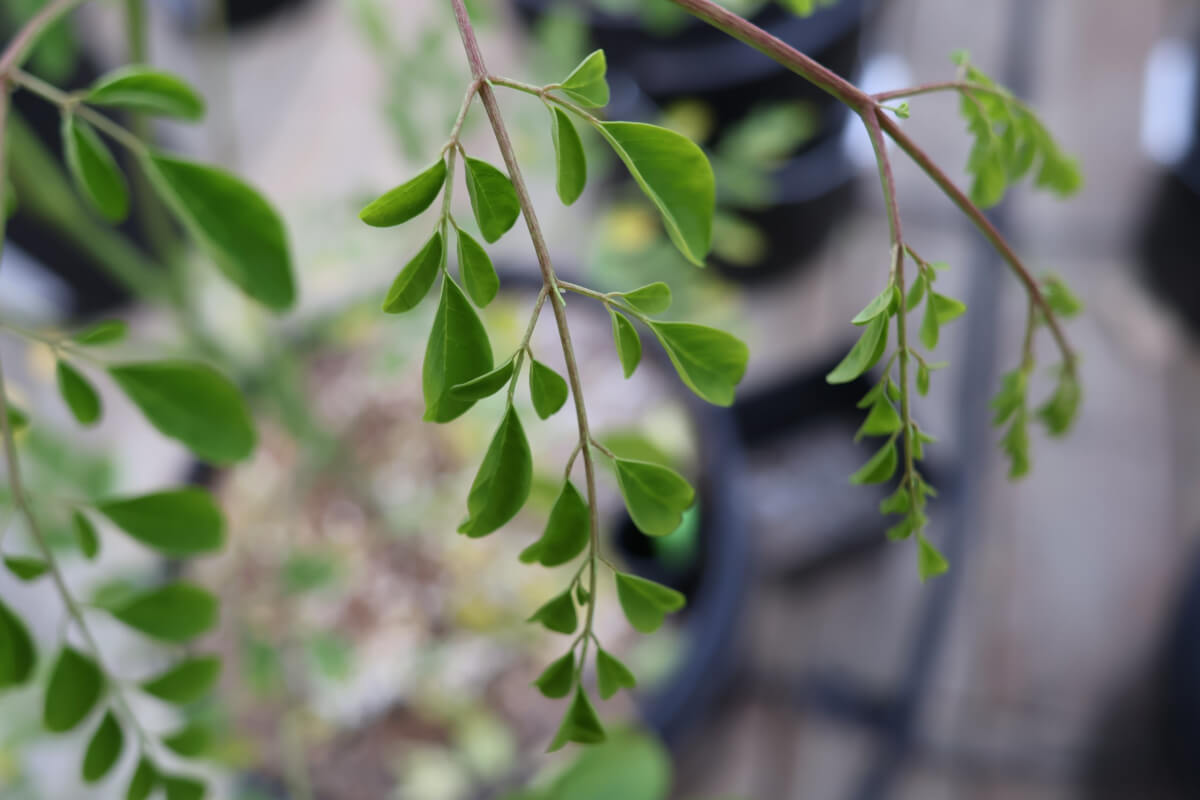
There might be a few people that remember and are interested in our Moringa trials this year. We’ve successfully grown Moringa in our greenhouse several times before, but we were really curious if we could grow it both outdoors and/or in subarctic grounds with any success.
Moringa is decidedly what we’d describe as a warm loving plant, given that it’s native to India and southern Asia. (Tropical & subtropical semiarid conditions.) But, it’s known to be a deciduous tree that is rather tolerant of different growing environments. A trial was certainly worth trying to see what we could get from different subarctic growing environments.
Our “not very scientific” trial was to compare three Moringa trees grown three different ways. One was grown in a temperature controlled greenhouse container, one was grown outdoors in a container and a third was grown in native, subarctic grounds just shy of 65 degrees north. While some results were perhaps to be expected, in some ways we were rather surprised.
There’s no doubt our greenhouse grown Moringa did the best. It finished at about five feet tall by the time we cut off the trial. But, our outdoor container grown wasn’t all that far behind, achieving nearly four feet of height by the trial’s end. This was a surprising result as there wasn’t much difference between growing it in a temperature controlled greenhouse and outdoors, over a considerably cool summer. The meaningful difference, as we’ve seen across a lot of “warm loving” plants being that a container promotes warmer soils and will benefit those plants heavily. Soil temperatures are often more important than ambient air temperatures.
As expected, our native soil grown Moringa did not produce particularly well. We did achieve about two feet of tree height, but the cool soils (and likely cool ambient air) definitely impacted it. You might be able to scale it in the “quantity over quality” direction, but dropping them into containers seems to provide an overall massive benefit.
In case you’re wondering what we’re after here, Moringa is what is called a superfood. The leaves contain a massive and diverse amount of vitamins and minerals, much more so than any average vegetable. We dry the leaves and put them into smoothies, basically acting not unlike a multivitamin. We’re exploring how we might approach larger scale production of Moringa, given its incredible health benefits.

